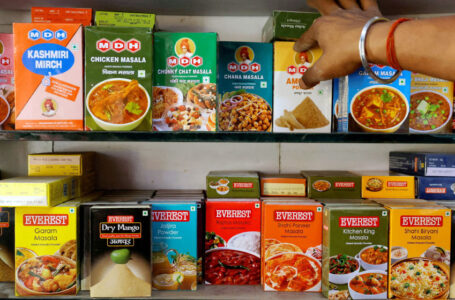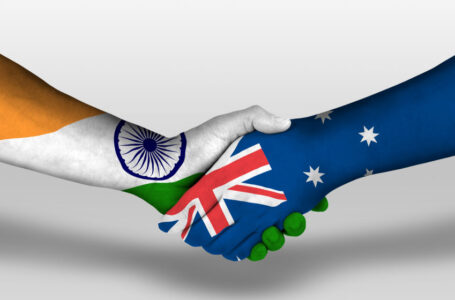How India descended into COVID Hell
On March 8th, India’s Department of Health published a message claiming India was in the “endgame of the pandemic”. The second wave proved to be a tough pill to swallow and demonstrated the fact that complacency leads to disaster.
In September 2019, there were roughly 90,000 daily cases of COVID recorded in India. This fell to under 20,000 by February, prompting the authorities to declare premature victory over the virus and reopen Indian society. This proved to be a calamitous error. While people were asked to continue wearing masks and follow social distancing, this largely went ignored. Not too soon after, hellfire rained down, and cases went from 30,000 a day to 300,000 a day within a month.
With the surge, limitations of the healthcare system were exposed. This came as no real surprise, given India’s spend on healthcare systems is a mere 3.6% of GDP annually. Add to this the fact that India has fewer than ten doctors per 10,000 citizens, with some states having even half that. A shortage of medical drugs, beds, and oxygen came as no shock to many despite several ‘empowered’ committees preparing for the next potential coronavirus wave. Lack of oxygen was blamed on a transportation problem and not the capacity to produce. A problem that authorities now say is fixed, albeit after thousands of unnecessary deaths. In the interim, many families spent thousands of rupees buying black market oxygen cylinders in a bid to save loved ones.

India initially targeted to inoculate a quarter of the population by July, but the dreary fact is that only 5% of the population is now fully vaccinated. India needs 615 million doses to vaccinate everyone above the age of 45 (440m people) and 1.2 billion doses to vaccinate the 620 million people aged 18 to 44. No wonder the Indian government has cancelled vaccine exports, failing to honour international commitments. Also, they have reached out to Biological-E and Haffkine Institute to produce vaccines while providing funding to the Serum Institute to ramp up extra production of the Oxford-AstraZeneca vaccine.
It appears the government is looking at the problem through the lens of hindsight. They may be regretting running election campaigns across states wherein ministers addressed large public gatherings without masks or allowing the Kumbh Mela to go ahead, a festival renowned for attracting millions of Hindus. They may be regretting not stockpiling oxygen and Remdesivir and ramping up manufacturing capacity. They may be regretting ignoring the dismal situation of healthcare services, made worse by low government budgetary spending. One thing is for certain; they will be regretting not having done enough to pre-empt a second wave. There was an innate level of arrogance in thinking the virus had been beaten; however, in difficult times, it is hard not to bend to public pressure and tell the people what they want to hear. The descent in COVID hell has been largely due to bad planning and poor foresight, a mistake we hope is never repeated. As diaspora in Australia, we pray the worst is over for our fellow Indians.







